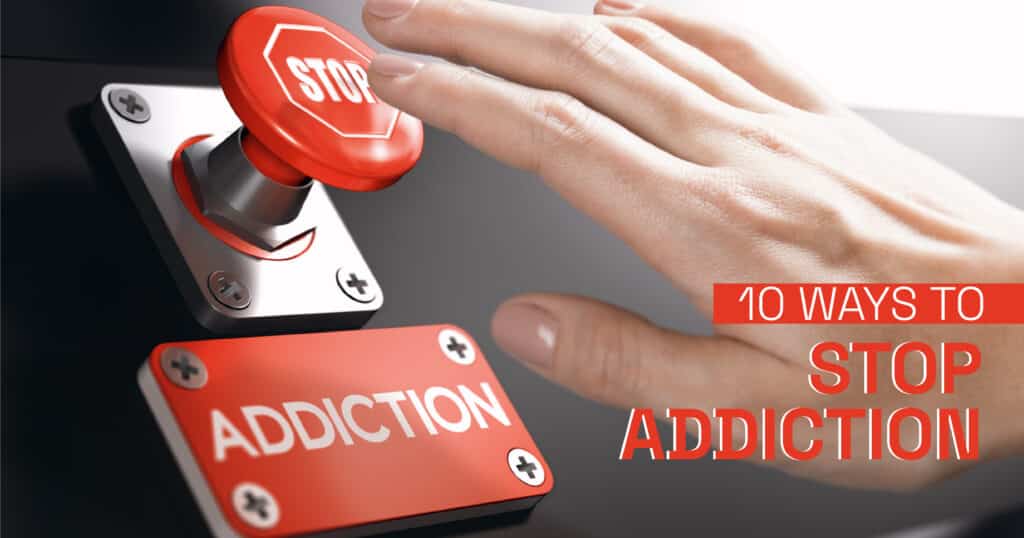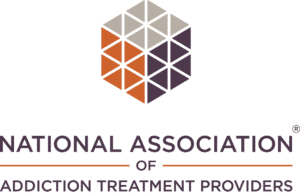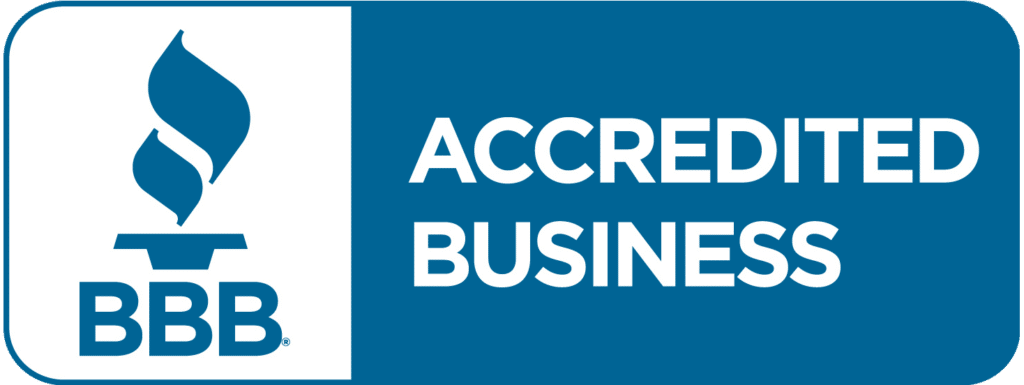Intensive Outpatient Substance Abuse Treatment: How It Works
Starting recovery can feel confusing and stressful. Many people think they have to stay at a treatment center full-time. But that’s not always true. Some programs let people get help and still live at home. One of the most trusted options is intensive outpatient substance abuse treatment. It gives strong care and structure without needing to stay overnight.
This blog will explain how IOP addiction treatment works. If you are thinking about an IOP substance abuse treatment plan, this guide can help you make a clear and informed choice.
What Is Intensive Outpatient Substance Abuse Treatment?
A Flexible Option for Ongoing Recovery
Not everyone can step away from daily life for treatment. Jobs, kids, or school can make that hard. That’s why intensive outpatient substance abuse treatment works well for many people. It gives the care needed for recovery without asking someone to leave everything behind.
With IOP treatment, people visit a center several times a week. Each session includes therapy, group support, and skill-building. The schedule is flexible. Some programs offer morning or evening sessions to fit around work or home life.
Here’s why many choose IOP addiction treatment:
- No need to stay overnight
- Can attend while working or studying
- Therapy and group sessions in one plan
- Real-life practice of recovery skills
- Lower cost than inpatient care
For those who need support but also need to keep up with daily life, IOP rehab is often the best fit.
How IOP Differs From Inpatient Rehab
Structure, Schedule, and Independence
Both programs help people recover from substance use. But the setup is very different. Intensive outpatient substance abuse treatment gives more freedom. Inpatient care is more controlled and full-time. Here’s a quick look at how they compare:
| Feature | IOP Treatment | Inpatient Rehab |
| Living arrangement | Stay at home | Stay at the rehab center 24/7 |
| Daily schedule | Flexible, a few hours per day | Fixed all-day programs |
| Cost | Lower cost | Higher cost due to full-time care |
| Independence | High – manage life and recovery together | Low – focus only on treatment |
| Real-life practice | Yes – apply tools in real settings | No – isolated from daily life |
| Best for | People with strong support at home | People needing full supervision |
IOP substance abuse treatment works best for those who need support but want to stay connected to work, family, and daily life.
Who Is a Good Fit for IOP Addiction Treatment?
IOP addiction treatment is not for everyone. But it works well for many people. It gives support without taking away freedom. It helps people stay on track while still handling life.
You may be a good fit for IOP substance abuse treatment if:
- You don’t need 24/7 care
- You have a safe and stable home
- You want to keep working or studying
- You have finished inpatient rehab and need more support
- You are ready to take recovery seriously
- You can stick to a schedule
A substance abuse intensive outpatient program also works for people stepping down from full-time rehab. It keeps the support going while giving more independence.
If you feel ready to balance treatment with real life, IOP rehab could be the right choice.
What to Expect in a Typical IOP Schedule
Therapy Hours, Sessions, and Group Work
A substance abuse intensive outpatient program offers a clear but flexible routine. People usually attend sessions three to five days a week. Each session lasts about two to three hours which adds up to around 9 to 15 hours a week.
During IOP treatment, you can expect:
- Group therapy sessions focused on recovery skills
- One-on-one therapy with a licensed counselor
- Sessions on relapse prevention and coping tools
- Education about addiction and mental health
- Optional family counseling or peer support
Some programs run in the morning. Others run in the evening. This helps people fit IOP rehab into their work or school schedules. Intensive outpatient substance abuse treatment gives steady support. It keeps people active in recovery while still living their daily lives.
Core Therapies Used in Substance Abuse Intensive Outpatient Programs
CBT, DBT, Family Therapy, and More
Each substance abuse intensive outpatient program features various forms of therapy.
Here are the most common ones:
- Cognitive Behavioral Therapy (CBT). This assists individuals in identifying negative thoughts and altering them. It provides improved methods for managing stress and urges.
- Dialectical Behavior Therapy (DBT). This focuses on emotions. It helps people stay calm, set goals, and control strong feelings.
- Family Therapy. This brings loved ones into the healing process. It improves communication and builds a stronger support system.
- Group Therapy. People talk with others who are facing the same issues. It gives support, new ideas, and a sense of community.
Each IOP substance abuse treatment plan is different. But most use these core therapies to help people stay on track and build a better life.
Can You Keep Working or Attending School During IOP Rehab?
This is one of the biggest benefits of IOP rehab because it is designed for people who need help but still have daily responsibilities.
Most intensive outpatient substance abuse treatment programs offer flexible hours. Some sessions happen in the morning and others run in the evening which allows people to:
- Go to work during the day
- Take college or school classes
- Care for kids or family
- Handle other important tasks
IOP addiction treatment lets people balance recovery with real life. They don’t have to pause everything to get support. Instead, they can grow while staying active in work or school.
Why IOP Can Be an Effective Step Toward Long-Term Sobriety
Recovery takes time. It doesn’t stop after detox or inpatient care. That’s why many people turn to intensive outpatient substance abuse treatment as a next step. It assists in maintaining the momentum without a permanent commitment.
Here’s why IOP treatment supports long-term sobriety:
- It builds daily routines
- It keeps people connected to support
- It teaches real-life coping tools
- It offers therapy while facing real-world stress
- It gives structure without full-time limits
IOP addiction treatment also allows people to stay around loved ones. They can practice new habits in their home setting. That helps the changes stick.
Many programs also help with job skills, goal setting, and relapse prevention. All of this keeps the recovery strong. If someone wants support after inpatient care or a solid first step, IOP substance abuse treatment can help them stay on the path.
Begin Your Recovery Journey With Silicon Valley Recovery
Intensive outpatient substance abuse treatment gives people a way to recover without stepping away from life. It’s flexible, strong, and fits around daily life. With the proper support, long-term change is possible.
Silicon Valley Recovery understands that no two paths are the same. Our IOP treatment plans focus on care, comfort, and real progress.
People can start their journey with Silicon Valley Recovery. Contact us today to discover an intensive outpatient program for substance abuse that meets your requirements.
FAQs
What is intensive outpatient treatment?
Intensive outpatient treatment is a program that helps people recover from substance use. It offers therapy and support a few days a week. People get help while still living at home.
How does IOP differ from inpatient rehab?
IOP treatment lets people live at home and attend sessions part-time. Inpatient rehab is full-time, and people stay at the facility. IOP offers more freedom and works around daily life.
Who can go for IOP treatment?
IOP treatment works best for people who don’t need full-time care. If you have a safe place to stay and can stick to a routine, you might be a good fit. It also helps if you have some support at home.
How long do IOP programs usually last?
It depends on the person, but most programs run for about 6 to 12 weeks. Some folks might need more time, others less. The plan can change based on how things go.
What kind of therapy happens in IOP?
In IOP, people get a mix of support. There’s group therapy, one-on-one talks and sometimes family sessions too.






















